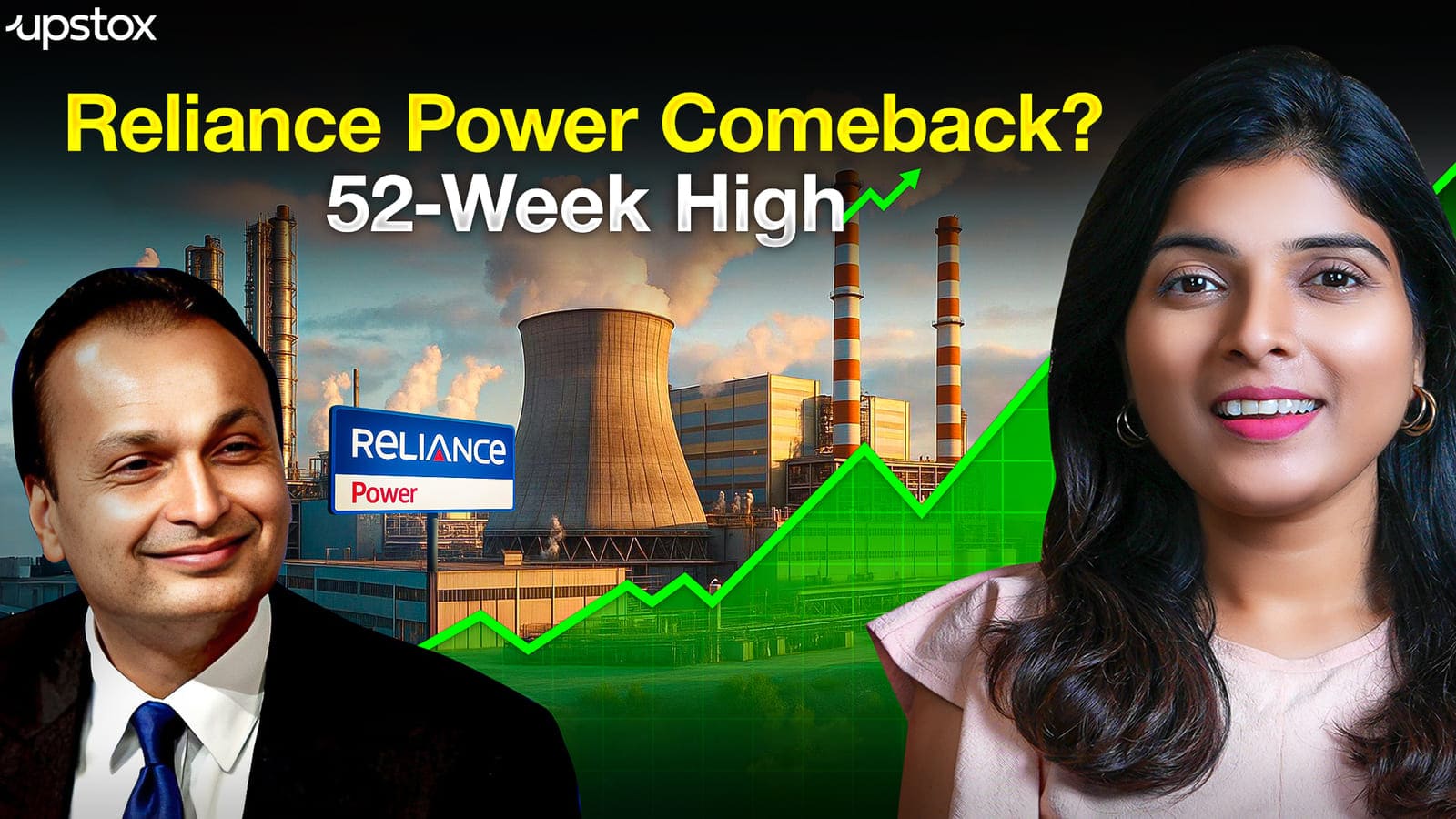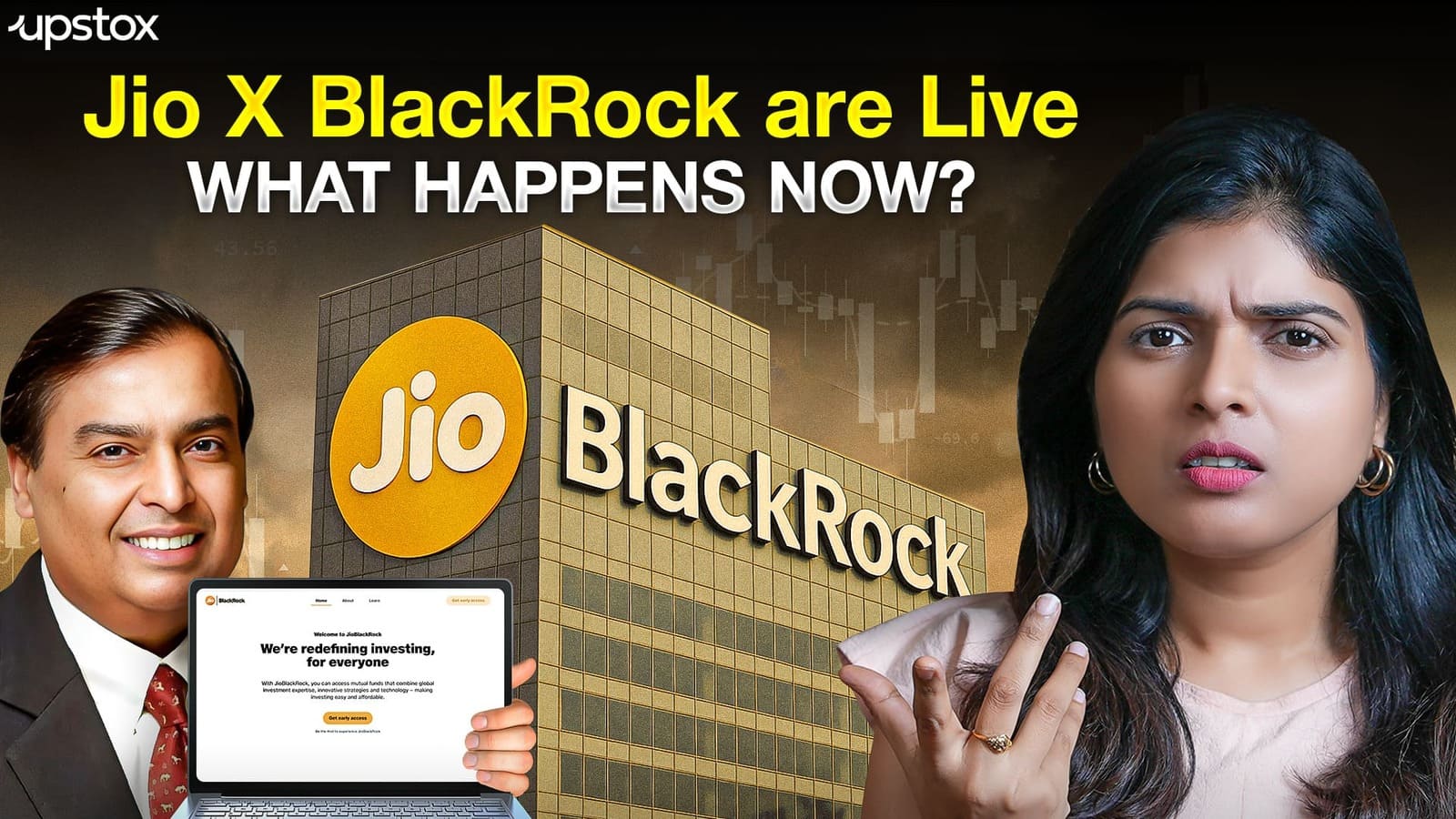Market News
Groww to Lenskart: Here’s how misleading grey market signals confuse investors

6 min read | Updated on November 15, 2025, 22:34 IST
SUMMARY
Several recently listed IPOs, including NSDL, Orkla India and Tata Capital, showed that high grey market premium (GMP) doesn’t always guarantee strong listing day gains. This article highlights different scenarios in which GMP may not be a reliable indicator of the IPO listing price.

Is it really worth tracking the GMP price before applying for the IPO. | Image: Shutterstock
The IPO market is once again creating a lot of buzz among investors. LG Electronics India's IPO listing on October 14 was a watershed moment for the primary market. Despite being a complete offer-for-sale worth ₹11,607 crore (IPO proceeds going to promoters), the public issue saw huge interest from investors. The IPO was subscribed over 54 times and listed at over 50% premium at ₹1,710 apiece on the NSE compared to its issue price of ₹1140 per share. Investors who got the LG Electronics India IPO allotment made around ₹7,411 per lot on the listing day itself.
Such huge returns in a short span of time eventually attracted more investors towards the primary markets. Some of the public issues that came after LG Electronics India's listing saw robust subscription. The Rubicon Research IPO was booked over 109 times, granite manufacturer Midwest Ltd’s IPO was subscribed 92.3 times, while Studds Accessories IPO saw 73.2 times subscription. Notably, the highly anticipated Lenskart Solutions IPO was booked 28.27 times despite a lot of chatter around the company’s high valuation.
Amid a robust response and high subscriptions, investors were excited and were expecting high listing day gains. But it wasn't to be.
Despite the higher grey market premium (GMP) of most of these public issues, their listing day gains didn’t live up to investors' expectations.
| Company | GMP (above issue price) | Listing day | Comments |
|---|---|---|---|
| Groww | ₹3 per share | ▲ 12% gain | Better listing gain than GMP |
| LG Electronics India | ₹430 per share | ▲ 50% gain | Better listing gain than GMP |
| NSDL | ₹125 per share | ▲ 10% gain | Weak listing compared to GMP |
| Orkla India | ₹66 per share | ▲ 2.7% gain | Weak listing compared to GMP |
| Tata Capital | ₹12.5 per share | ▲ 1.2% gain | Weak listing compared to GMP |
| Lenskart Solutions | ₹10 per share | ▼ 1.7% lower | Listing below issue price |
| Studds Accessories | ₹35 per share | ▼ 3.4% lower | Listing below issue price |
The Groww IPO had a modest GMP of ₹3 per share a day before the listing date, and the market was expecting a flat listing. However, Groww's listing surprised investors with a strong 12% listing gain; the stock went on to close over 31% higher on its debut day.
Scenario 1: Positive surprise
A similar scenario happened with the LG Electronics India IPO. The stock made a robust debut with a 50% gain compared to the GMP price, which indicated around 39% listing day gain. These two scenarios highlight that the IPO debut was far stronger than the grey market expectations.
Scenario 2: High GMP but weak listing
In the case of other recently listed IPOs like NSDL, Orkla India and Tata Capital, GMP failed to forecast the correct listing day gain. These three companies made a weak listing compared to GMP price trends. For example, GMP for the much-anticipated Tata Capital IPO was around ₹12.5 per share, with the expectation of over 6% gain over the issue price, but the stock debuted at just a 1.2% premium.
Scenario 3: High GMP but listing below issue price
Listing of Lenskart Solutions and Studds Accessories failed to live up to expectations despite the higher GMP. Higher premiums created hopes for a solid listing, but market sentiment turned exact opposite, leading to a weak (below issue price) listing.
The above scenario makes one question: is it really worth tracking GMP numbers before applying or the listing day? Is GMP a reliable indicator of the IPO listing price?
What is the grey market? Is it a reliable indicator?
The IPO Grey Market Premium (GMP) is the amount over and above the issue price at which shares are traded in the grey market before they are listed on an exchange. The grey market is a type of unofficial marketplace where shares are traded informally, often through trust. Unlike the primary and secondary markets, the grey market is not regulated by SEBI or any government body.
Grey market trading is conducted privately through unregistered dealers, where investors assume all risks. The grey market works in two ways: trading of IPO shares before listing (buying or selling) or trading of IPO applications (buying or selling).
Many investors like to think of it as an indication of what the market thinks about the upcoming IPO. Since the grey market operates within a small network of individuals, these GMP premiums are easy to manipulate and not transparent. Investors should only trust GMP numbers if they have thoroughly researched, considered and weighed the potential benefits and risks.
Many investors think the grey market decides the listing day IPO price. However, the debut price is decided through the pre-open trading session on stock exchanges.
How is IPO listing price determined?
On the listing day, stock exchanges conduct a special one-hour pre-open trading session between 9 am to 10 am. In this session, exchanges collect all buy and sell orders in the first 45 minutes and decide a price based on the collected orders. This price is considered the listing price for a given IPO, and the shares start trading at 10 am. Collected orders that match with listing price are executed at 9:45 am, and the remaining orders are pushed into the market at 10 am, which are then compared with the actual market price of the IPO and executed.
Grey Market Premium (GMP) gives a hint about investor sentiment, but it is not a reliable tool to predict IPO listing gains. Market conditions and sentiments, investor demand, and company fundamentals play a far bigger role in helping investors to get an idea about listing day gains. Hence, investors should use GMP cautiously and focus on solid research before investing.
About The Author
Next Story

